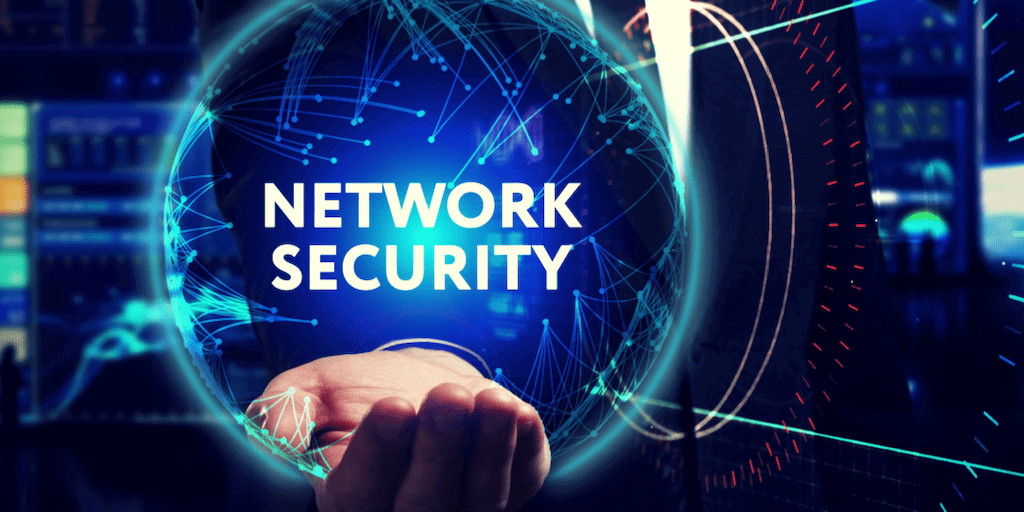Key Takeaways
- Understanding the emerging trends in network security can help organizations better protect their data.
- Adopting advanced technologies is crucial for combating evolving cyber threats.
- Maintaining network security requires continuous monitoring and quick response to threats.
Emerging trends and technologies, such as AI-driven threat detection, zero-trust architecture, and the increasing importance of cloud security, shape the future of network security. AI and machine learning will enhance real-time threat detection and response, while zero-trust models will enforce strict access controls. Additionally, the rise of IoT devices and remote work will drive the need for more robust, scalable security solutions, making adaptive and proactive approaches essential to safeguarding networks against evolving cyber threats.
The Changing Landscape of Network Security
In the era of technology, businesses have grown increasingly worried about the importance of network security. Firms must keep up with the latest developments in cyber threats to safeguard their sensitive data. Understanding the top cybersecurity trends is the first step in ensuring adequate network security. One of the most critical areas to focus on is network security, which includes strategies to protect the integrity and usability of networks and data. With ever-evolving attack vectors, businesses must adopt a proactive approach to counter these threats effectively.
Emerging Security Threats
Today, one of the biggest obstacles to network security is the speed at which cyber threats develop. Malevolent actors constantly develop new methods to exploit weaknesses, from ransomware assaults to intricate phishing tactics. A recent study by Cybersecurity Ventures predicts that the cost of cybercrime will exceed $1 trillion, making it clear that vigilance is more important than ever. With threats such as Advanced Persistent Threats (APTs) and Distributed Denial of Service (DDoS) attacks becoming more common, organizations need robust defenses.
Adoption of Advanced Technologies
To counter these dangers, businesses are increasingly relying on cutting-edge technologies. Before they can do much damage, threats may be identified and mitigated with artificial intelligence (AI) and machine learning (ML). These technologies analyze large data sets to spot unusual patterns and respond quickly. AI can help predict and identify vulnerabilities, while ML can learn from past incidents to improve future threat detection and response.
Artificial Intelligence and Machine Learning
AI and ML can process massive datasets much faster than human analysts, making them invaluable in predicting and preventing security breaches. By learning from past incidents, these technologies can adapt to new attacks, providing enhanced protection. For example, AI-driven security can monitor network traffic and identify suspicious activity, flagging potential threats before they can exploit system vulnerabilities. This proactive approach dramatically reduces the response time and enhances overall network security.
Zero Trust Architecture
Another crucial trend in network security is the implementation of Zero-Trust Architecture. Unlike traditional security models focusing on perimeter defenses, Zero-Trust assumes that threats could already be inside the network. This model requires strict verification for every individual and device attempting to access resources, minimizing the risk of unauthorized access. Organizations may use a zero-trust strategy to ensure that only authorized and authenticated individuals have access to vital systems and data.
Benefits of Zero Trust
- Reduces the risk of insider threats by continuously verifying users and devices.
- Provides more robust protection for sensitive data by limiting access.
- Improves overall network security by enforcing the principle of least privilege.
Importance of Employee Training
Technology alone cannot ensure network security. Human error remains one of the primary causes of security breaches. Regular employee training on recognizing cyber threats, such as phishing emails and suspicious links, is essential for maintaining a secure network environment. Training programs should educate employees on the latest security threats and best practices for avoiding them.
Effective Training Programs
Effective training programs should include:
- Simulated phishing attacks.
- Regular updates on new types of threats.
- Guidelines for safe Internet practices.
Regular assessments help ensure that employees understand and follow security protocols. Additionally, companies want to promote a security-aware culture that motivates staff members to report questionable activity and maintain constant vigilance.
Continuous Monitoring and Response
Effectively maintaining network security also requires continuous monitoring and a proactive response strategy. Organizations can prevent minor issues from becoming major security breaches by monitoring network activity and quickly addressing anomalies. Continuous monitoring involves gathering and analyzing data from various network components to identify potential threats and vulnerabilities.
Tools and Solutions
Various methods, such as Security Information and Event Management (SIEM) systems, can be used to monitor network activities. These tools gather information in real-time on the security state of the network by collecting and analyzing data from various sources. Security teams may respond quickly to security issues and lessen their effect by using SIEM systems to notify them of possible risks. Endpoint Detection and Response (EDR) solutions can also monitor devices and detect suspicious activities, further enhancing network security.
Collaboration and Information Sharing
Ultimately, cooperation and information exchange across enterprises may significantly improve network security. By working together and sharing insights on emerging threats, businesses can bolster their defenses and create a more secure digital landscape for everyone. Organizations may remain up to speed on the most recent threat intelligence and best practices by participating in industry forums and cybersecurity partnerships.
Industry Groups and Forums
Joining industry groups and forums can be highly beneficial. These platforms allow for exchanging information on the latest threats and best practices, helping organizations stay ahead in cybersecurity. Collaborative efforts, such as sharing threat intelligence and incident response strategies, can significantly enhance the overall security posture of participating organizations.
Conclusion
Network security is an ever-evolving field that demands constant attention and adaptation. Organizations may protect their networks from today’s diverse dangers by developing a culture of continuous learning and alertness, embracing sophisticated technology, and being updated about emerging trends. It is impossible to exaggerate the significance of network security, and companies need to continue taking aggressive measures to safeguard their vital resources.









Leave a Reply